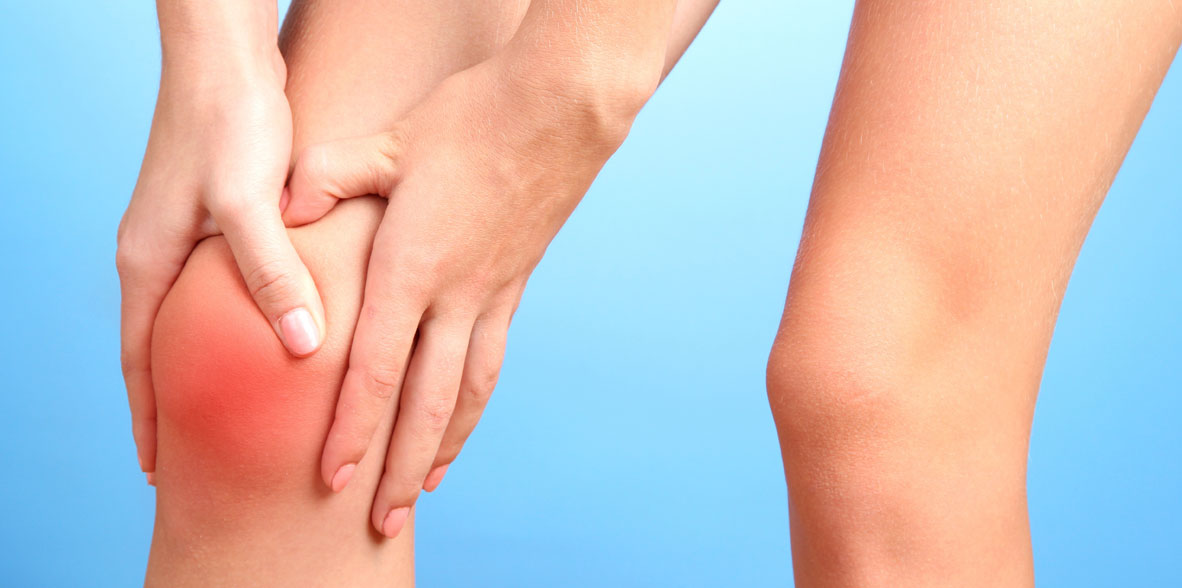
Consultation area

Castro Domínguez FranciscoRheumatology
 Centro Médico Teknonen/health-centers/centro-medico-teknon
Centro Médico Teknonen/health-centers/centro-medico-teknon- Centro Médico Teknonen/health-centers/centro-medico-teknonHospital Universitari General de Catalunyaen/health-centers/hospital-universitari-general-catalunya
 Centro Médico Teknonen/health-centers/centro-medico-teknonHospital Universitari Sagrat Coren/health-centers/hospital-universitari-sagrat-cor
Centro Médico Teknonen/health-centers/centro-medico-teknonHospital Universitari Sagrat Coren/health-centers/hospital-universitari-sagrat-cor
Symptoms:
- Visible Difference in Leg Length: When standing, one leg may appear shorter than the other, leading to an uneven pelvis or shoulders.
- Gait Abnormalities: Leg length discrepancy often leads to compensatory mechanisms during walking, such as limping or a noticeable shift in weight distribution.
- Musculoskeletal Pain: Chronic pain or discomfort may develop in the hips, lower back, knees, or ankles due to altered biomechanics and increased stress on joints.
- Muscle Imbalances: Overuse or weakness of muscles on one side of the body may occur, leading to muscle fatigue, weakness, or strain.
- Postural Changes: Individuals with Leg length discrepancy may develop compensatory postural changes, such as pelvic tilt, scoliosis, or excessive curvature of the spine.
Diagnosis:
- Clinical Examination: A thorough physical examination by a healthcare professional, including measurement of leg lengths in standing and supine positions, observation of gait, and assessment of pelvic and spinal alignment.
- Radiographic Evaluation: X-rays of the pelvis and lower extremities are commonly used to quantify the degree of leg length inequality and assess skeletal maturity. Standing long-leg radiographs provide accurate measurements of leg lengths and alignment.
Treatment:
- Shoe Lifts or Orthotics: Non-surgical management often involves the use of shoe lifts or orthotic insoles placed within the shoe of the shorter limb to equalize leg lengths and improve gait symmetry. The height of the lift is tailored to the degree of discrepancy.
- Physical Therapy: Targeted exercises focusing on muscle strengthening, flexibility, and proprioception can help alleviate symptoms, improve joint stability, and optimize biomechanical function.
- Surgical Intervention: For significant or functionally limiting Leg length discrepancy, surgical options may be considered. Procedures may include limb lengthening, epiphysiodesis (growth plate modulation), or corrective osteotomy to achieve equalization of leg lengths and restore optimal alignment.
- Pain Management: Pharmacological interventions such as nonsteroidal anti-inflammatory drugs (NSAIDs), physical modalities (e.g., heat or ice therapy), and therapeutic injections may be utilized to manage pain and discomfort associated with Leg length discrepancy.
Prognosis:
The prognosis for Leg length discrepancy depends on various factors, including the underlying cause, severity of discrepancy, and response to treatment.
With appropriate management, including conservative measures such as shoe lifts, physical therapy, or surgical intervention, individuals with Leg length discrepancy can often achieve improved function and quality of life.
Early detection and intervention are crucial to prevent complications associated with chronic musculoskeletal imbalance, altered biomechanics, and joint degeneration.
Regular follow-up and monitoring are necessary to assess treatment effectiveness and address any ongoing issues or complications.



































